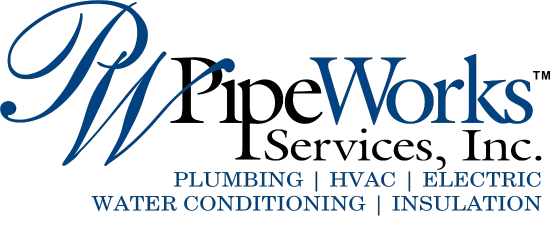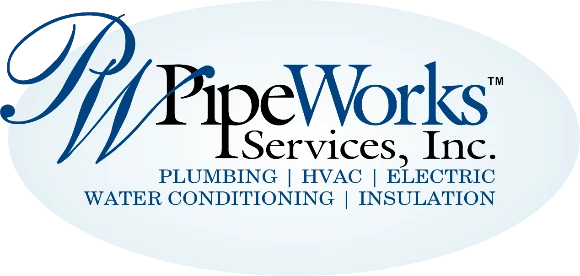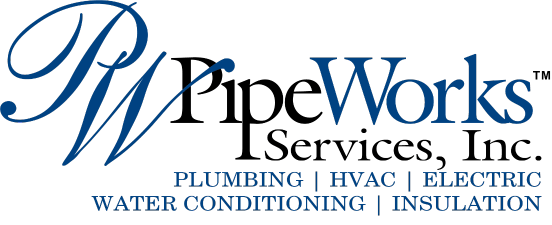When it comes to lowering your wintertime heating bills, one of the biggest impacts you can have is choosing the right heating system. Because furnaces are a very affordable option, they’re one of the most popular heating system choices out there. When choosing your next furnace, you may want to consider getting a variable-speed model.
What Is a Variable-Speed Furnace?
Furnaces are available with one of three different blower speeds, which are single-stage, two-stage, and variable-speed. A single-stage furnace only has two operating positions which are off and 100% capacity. A two-stage furnace has three different positions, which are off, low capacity, and full capacity. A variable-speed furnace has the ability to modulate all the way from the off position up to 100% capacity and anywhere in between. You may also hear this type of furnace referred to as a modulating furnace.
The Advantage of Energy-Efficient Operation
When it comes to trying to get the most efficiency from your furnace, variable-speed models help to make it much easier. These furnaces can adjust their heating output depending on your specific needs at the time. For example, if you’ve had your heating system set at a very low temperature and you would like to drastically increase the temperature in a short amount of time, then your variable-speed furnace will operate at 100% capacity.
However, if your home’s ambient temperature is only a degree or two below what your desired temperature setting is, a variable-speed furnace can dial back its heating capacity. This way, it’s only using a little bit of its fuel to create an adequate amount of heat without consuming a large amount of fuel to blast a large amount of heat like a single-stage furnace does.
When your furnace is able to adjust its operating capacity based on your needs, it can use less fuel to keep your home at a comfortable temperature. The less energy that your heating system uses, the less money you’ll have to spend on your utility bills throughout the winter months. Here are some of the main advantages of purchasing a variable-speed furnace.
Offers Quieter Performance
One of the very first things you’ll likely notice when you invest in a variable-speed furnace is that it can operate much quieter than your typical single-stage furnace. With a traditional single-stage model, a furnace will blow at 100% and create a decent amount of noise.
When you have a variable-speed furnace, it will get much quieter as it uses less of its capacity. As long as you keep your home at a relatively comfortable temperature, your variable-speed furnace shouldn’t need to run at higher operating capacity that often. This means that you can enjoy a nice quiet furnace most of the time.
Enhances Indoor Air Quality
When a variable-speed furnace runs at a lower speed, it tends to run a longer cycle. This means that more of the air in your home gets circulated throughout the filter in your ducting. With your air being filtered more often, more of the harmful airborne pollutants in your home can be filtered out. This leads to better indoor air quality for your home. You may even notice a reduction in the amount of dust that accumulates on the surfaces throughout your home.
Provides Better Indoor Comfort
One of the biggest downsides of a single-stage furnace is that when it detects the temperature is too low in your home, it will flip on at full speed. This will bring a large burst of hot air into the room that will slowly dissipate when the system stops its running cycle.
This can create noticeable fluctuations in the temperature in your home and affect your overall comfort level. The variable-speed furnace will run continuously at a low speed to keep your home at your desired temperature. This helps to keep a more consistent temperature throughout the entire day, which can greatly enhance your comfort while relaxing at home.
Are There Any Downsides?
There’s no doubt that investing in a variable-speed furnace can provide many great benefits for your home. However, it does come with a couple of notable downsides that you should be aware of. The most obvious will be the upfront cost of the system. There’s no doubt that purchasing a variable-speed furnace will be more expensive than purchasing either a single-stage or a two-stage furnace.
It’s very common for more efficient furnaces to come at a higher upfront cost than standard efficiency furnaces. One other notable downside is that variable-speed furnaces do have a more complex construct. When it comes to getting repair service, it will typically come at a higher cost for replacement parts and labor than with a standard efficiency furnace.
Could You Benefit From a Variable-Speed Furnace?
If your existing furnace is over 10 years old, then you could benefit from upgrading to a variable-speed model. This type of heating system will offer better operating efficiency and lower your wintertime heating bills. If you’re looking to enjoy lower heating bills, it can be one of the best solutions on the market today. If you are very budget-conscious and looking for the cheapest furnace to purchase regardless of operating costs, then it’s likely that a single-stage furnace would be the ideal choice for you.
Other Key Furnace Factors to Consider
If you’ve decided that a variable-speed furnace is the ideal choice for your home, you may be excited about cashing in on all the energy savings. However, it’s important to take other factors into consideration when choosing your new furnace to ensure that it meets all your needs.
One of the most important factors is going to be the type of fuel that your system uses. Furnaces can run on electricity, propane, natural gas, and heating oil. Electricity will be the most expensive to operate, while natural gas will be the cheapest. If you don’t have natural gas available in your area, you can always have an on-site storage tank for propane or heating oil.
One other useful factor to consider is the overall efficiency rating of the furnace. This is given in the form of an AFUE rating, where a higher rating translates to a higher operating efficiency. In general, the higher a furnace’s efficiency rating, the more expensive its upfront price is going to be.
However, you’ll be able to save more money on your energy costs than with lower-rated systems. If you opt for the most efficient systems on the market, you’ll likely be eligible to receive a tax incentive from the federal government under the Inflation Reduction Act of 2020. You can check ENERGY STAR’s website to determine if your prospective furnace qualifies for the tax incentive.
Reliable Furnace Installation Service
Pipe Works Services offers reliable furnace installation services to the Chatham, NJ area. Our knowledgeable technicians can also assist with all your heating, air conditioning, plumbing, electrical, insulation, ductwork, indoor air quality, ice damming, commercial, and home energy audit needs. Call our friendly office staff today to schedule an appointment with one of our helpful HVAC technicians.





